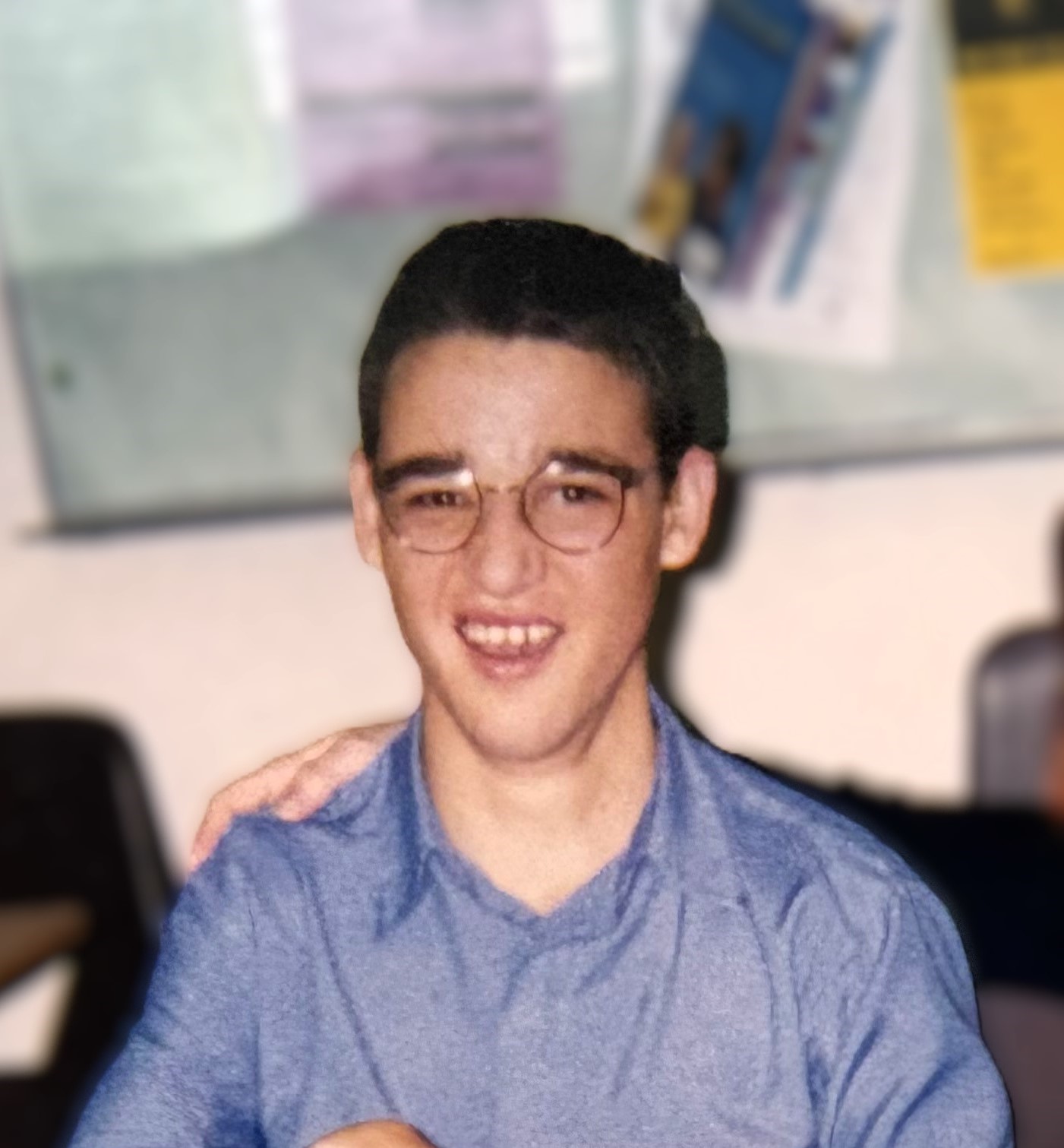Fighting for Jacob in Middle School

By Ken and Mary Sue
After surviving 137 days in the NICU and defying medical predictions, we thought the hardest battles were behind us. We were wrong. Sometimes the most devastating fights aren’t in hospital rooms—they’re in school conference rooms, where educators who are supposed to advocate for your child instead try to limit their potential.
Jacob’s educational journey began beautifully in a special needs preschool at age 4, then flourished in deaf education and special needs programs through age 19. Those early deaf programs were exceptional, and Jacob found something we hadn’t dared hope for—belonging.
He had a group of friends who genuinely loved each other. They learned sign language together and navigated the “hearing world” as a united team. Watching them support one another was incredible. Some of Jacob’s friends went on to pursue higher education, find meaningful employment, and get married. They were proof that disability doesn’t define destiny.
But Jacob had a different journey ahead. His multiple disabilities made it difficult for him to learn past a third-grade academic level, even though his social abilities were much higher. It was tough to reconcile—here was our son who could connect with people, who had friends who adored him, but who struggled with basic academic concepts. We learned to celebrate his strengths while accepting his limitations.
The transition into middle school changed everything, and not in a good way.
When Everything Went Wrong
We discovered Jacob had been placed in what the school called the “disabled group.” Suddenly, he was no longer among his deaf friends who understood him and communicated with him. To make matters worse, his individual needs were no longer being prioritized. His Individualized Education Plan (IEP)—the legal document that should have protected his right to appropriate education—had been redirected entirely.
The new deaf education teacher didn’t want Jacob in her classroom. Years of advocacy, relationship-building, and carefully constructed educational plans had been sabotaged by one person’s decision. We felt betrayed and furious.
A quick visit to the school revealed the full scope of the problem. Mary Sue arrived just in time to watch Jacob’s “disabled class” literally stop in the middle of a lesson because of another student’s behavioral outburst. The teacher couldn’t manage the classroom, and instead of learning, this became an opportunity for Jacob to observe and potentially mimic inappropriate behavior.
Since Jacob clearly knew right from wrong and had never been a behavioral problem, we couldn’t stand by and watch him be placed in an environment that would teach him to act out. We immediately set up a meeting with the principal, teacher, and an educational advocate.
Fighting for What’s Right
IEP meetings are incredibly intimidating for parents. You’re sitting across from a table full of educated professionals who think they know what’s best for your student, often without truly listening to what parents know about their child’s potential and needs.
We had learned so much about realistic educational planning and appropriate goal-setting over the years, but Jacob was unique. His IEP had to be changed, and we were prepared to fight for it. This was long before “inclusion” had been widely accepted in education, but we knew Jacob needed to keep growing and learning in a positive environment. Otherwise, he would lose heart and become discouraged.
We brought an advocate who wasn’t afraid to challenge the system. He stepped in for us and validated Jacob’s worth and potential. He wasn’t intimidated by the teacher who refused to allow Jacob into her classroom, or by the principal who was backing her up.
In that tense conference room moment, with battle lines clearly drawn, something miraculous happened. The speech and language teacher spoke up. In a room full of people saying “no” to our son, she said “yes.”
She offered to take Jacob with her into regular education classes. She would interpret for him and teach him at his level while allowing him to interact with typical peers. She was essentially offering to go above and beyond her job description to meet Jacob exactly where he was.
It was exactly what Jacob needed—the chance to interact with his peers and friends, and even make some new ones. He still couldn’t read or write at grade level, but he was liked and accepted by many students who could. His social gifts were being honored instead of hidden away.
What We Learned
That day taught us that sometimes the system fails, but individuals within that system can still choose to do what’s right. One teacher’s willingness to see Jacob’s potential instead of just his limitations changed the trajectory of his middle school experience.
We learned that fighting for your child isn’t just about being difficult—it’s about ensuring they have every opportunity to grow, learn, and contribute in their own unique way. Jacob couldn’t perform at grade level academically, but he had so much to offer his peers in terms of friendship, loyalty, and joy.
Jacob’s educational journey reminded us once again that some people see limitations while others see possibilities. The medical professionals in the NICU had focused on what Jacob couldn’t do. Some educators made the same mistake. But there were also people—like that speech and language teacher—who chose to see what Jacob could contribute. They understood that education isn’t just about academic achievement; it’s about helping every child discover their place in the world.
That middle school fight wasn’t just about Jacob’s IEP. It was about his right to be valued, included, and given every chance to shine in his own unique way.
Sometimes the most important lessons aren’t found in textbooks—they’re learned when someone believes in your child’s potential and fights to make sure they get every opportunity to reach it.